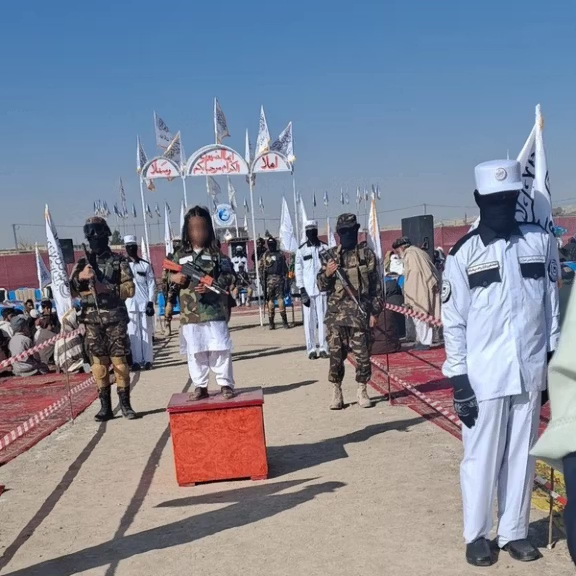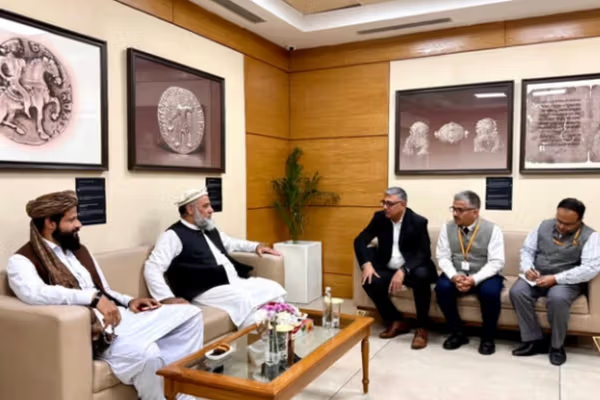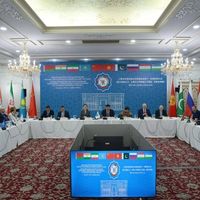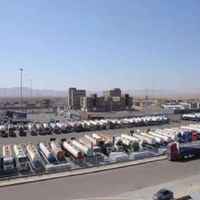The report, released Monday, said the Taliban recruit children through coercion and deception, including false promises. It noted that groups such as ISIS-Khorasan and the National Resistance Front use child soldiers in direct combat, bomb-making, weapons transport, espionage and guarding bases.
According to the report, both the Taliban and ISIS-K forcibly use children for military purposes and imprison those linked to rival armed groups. Some of these children are also victims of human trafficking. The Taliban reportedly recruit boys from schools in Afghanistan and Pakistan, sending them to madrassas for religious and military training. Local Taliban officials have falsified ages on identity documents to enlist underage boys
The report added that Taliban ministries and agencies under their control have taken no steps to prevent trafficking or other abuses. Instead, Taliban leaders encourage loyal families to send their sons to join the group. Armed factions in Afghanistan reportedly recruit child soldiers mostly from impoverished, rural and displaced populations.
The State Department said Taliban-run prisons often hold child trafficking victims alongside adults, exposing them to sexual abuse, forced labour and torture. Taliban police have also detained children accused of begging without investigating possible trafficking.
Bacha Bazi
The report highlighted the ongoing practice of bacha bazi, in which boys are sexually exploited by powerful men. Cases have been documented among Taliban officials and nearly all armed groups. Survivors said local commanders and elites are now the main perpetrators, though before the Taliban’s 2021 takeover, military commanders, police and government officials were also deeply involved.
Human Trafficking
The report noted that domestic trafficking in Afghanistan is more widespread than cross-border trafficking. Traffickers often indebt families, forcing women, children and men to work in industries such as brickmaking and carpet weaving. Some families, facing drug debts, sell children to traffickers, who then force them into labour or arrange marriages for underage girls.
The country’s economic collapse, climate disasters, forced deportations from neighbouring states and food insecurity have worsened vulnerability to trafficking. Many Afghans take on heavy debts to pay for migration routes through smugglers, further exposing them to exploitation.
Most trafficking victims in Afghanistan are children, forced into sectors including carpet weaving, brickmaking, domestic servitude, sexual exploitation (including bacha bazi), herding, farming, construction, poppy cultivation, salt mining, petty crime and drug trafficking.
Women and Girls
The Taliban’s restrictions on women and girls have dramatically increased their vulnerability to trafficking, child marriage and forced marriage. Widowed or female-headed households are particularly at risk. Victims of domestic violence, pushed back into unsafe family settings after the Taliban closed women’s shelters, face heightened risks.
The report also documented cases of Taliban detaining women, especially from minority groups, for not following their dress code. Some of those women later disappeared after detention.
Migrants and Refugees
Afghans seeking work abroad have been exploited by traffickers and abusive employers in Iran, Pakistan, Turkiye, the Gulf and Europe. Afghan women and girls “sold” in Afghanistan, Iran, India and Pakistan have been forced into sexual exploitation or domestic servitude by new husbands. Afghan men and boys have been subjected to forced labour in agriculture and construction, while migrant Afghan children in Europe have been abused in bacha bazi.
The report stressed that the Taliban’s return to power has heightened Afghans’ vulnerability to trafficking while simultaneously dismantling victim support networks.
Increased Vulnerability of Women and Girls
According to the report, Taliban restrictions on Afghan women and girls have sharply increased their vulnerability to trafficking, significantly heightening the risk of forced and underage marriages. Families headed by women especially widows are among the most at risk.
The report stated that women who were victims of domestic violence were forced to leave safe houses and return to their families after the Taliban’s return to power, a situation that has led to a rise in domestic abuse.
The State Department also said that the Taliban have detained women and girls from certain ethnic minority groups under the pretext of not adhering to the group’s dress code. According to the report, some women arrested for violating Taliban decrees subsequently disappeared.
The report added that members of ethnic and religious minorities including Hazara Shia, Ahmadi Muslims, Sikhs, Hindus, Bahais and Christians are increasingly at risk of exploitation due to threats and dangers from both the Taliban and other groups such as ISIS-Khorasan.
Exploitation of Afghan Migrants
The State Department report said some Afghan women and men pay intermediaries to help them find work in Iran, Pakistan and Europe. However, according to the report, some brokers and employers then force Afghans into labour or sex trafficking.
The report alleged that some Afghan women and girls sold in Afghanistan, India, Iran and Pakistan are exploited by their new husbands for purposes such as sex trafficking and domestic servitude.
It also noted that some women and girls have been forced into marriage as a means to escape Taliban-controlled Afghanistan.
According to the report, Afghan boys and men are exploited in forced labour and debt bondage in agriculture and construction, mainly in Iran, Pakistan, Greece, Turkiye and the Gulf states.
The report further addressed the abuse and mistreatment of Afghan migrants in Iran, stating that smuggling networks transport Afghan migrants residing in Iran to Europe and then coerce them into sex trafficking or forced labour in restaurants to pay off smuggling-related debts. The report also said some Afghan traffickers exploit Afghan boys in Germany, Hungary, North Macedonia and Serbia for bacha bazi.





